Initiative 300 passed last November in Denver, CO and is an exciting opportunity to improve the environment and quality of design citywide — with a proven measure paid for by large-scale developers. Modeled after similar measures in San Francisco and Toronto, which local lawmakers passed with virtually no opposition, Initiative 300 requires buildings over 25,000 square feet to dedicate 20 percent of their roofs to green, permeable area, or provides waivers for solar panel installation.
The Toronto and San Francisco examples have created millions of square feet of green roofs installed to date. The result is reduced heat island effect, improved livability, and natural drainage and filtration of stormwater, all of which would greatly benefit any city. A prime beneficiary in Denver will be the Platte River, which has been designated as a condemned, contaminated waterway, with 300-plus outfalls dumping unfiltered stormwater directly into it. The high percentage of impermeable areas created by building and paving over large areas that rely on piped solutions to drainage are consistently cited as contributing causes to urban floods. Initiative 300 is a serious first step towards pushing our city in the direction of more environmentally and economically responsible alternatives for green infrastructure.
Nationally, Denver ranks 11th worst for air quality, and third worst for its urban heat island effect, while polluted waterways from stormwater runoff grow in concern. The buildings affected by this new building code consume 60 percent of the energy in this city. Low-performance, large-scale buildings are a major culprit for greenhouse gas emissions. This is an opportunity to make up ground in these areas where the city simply isn’t doing enough.
There has been a concern that this is a mandate. Consider, though, that this is a building code and all building codes are mandates. Fire escapes, ADA accessibility, and sprinkler systems are all designed to keep us safe. Just like green roofs and solar energy will keep our city and planet healthy and safe for the long term.
Opposition to the initiative has been led by large-scale developers, who cite the added costs as further contributing to the cost of housing. However, these are the same forces responsible for building and selling luxury projects, and the same ones who have consistently derailed efforts to increase funding and requirements to encourage the development of affordable units. Big developers who rely mostly on the “build and flip” business model are motivated to reduce upfront costs without regard to ongoing operational costs, as they won’t be around after its completion.
While green roofs involve minor additional upfront costs, they significantly reduce long-term operating costs by lowering energy consumption and increasing the longevity of roofs. Green roofs last two to three times longer than traditional roofs because the waterproofing membrane is covered by grow medium and plants, protecting it from damage due to inclement weather and maintenance workers. A great example of this inclement weather and the damage potential is the hailstorm we had in May. While many roofs required replacement, the green roofs in Denver only suffered the loss of a some plants, saving considerable money in repairs. Additionally, these improvements have a return on investment of 6.2 years, far shorter than the life of buildings constructed today.
Since it’s passing in November, some city officials have expressed concern with what they see as unanswered questions about this initiative, including the impact it may have on our city agencies, water usage, and electrical grid. Certainly our climate and circumstances are different than the cities’ after which this proposal was modeled, but the work to improve our city-wide sustainability must begin somewhere. We are confident that stakeholders and sustainability experts in Denver will be able to find creative and workable solutions to the challenges ahead. We in the cannabis industry have as much at stake as anyone — as many of the large warehouse spaces in which cannabis cultivation and processing facilities operate will be affected by these new rules — yet we are equally aware of the value of forward thinking strategies regarding viable and sustainable approaches to our environment. We are proud to have supported this initiative for a more environmentally-friendly Denver, and look forward to addressing these questions with fellow citizens and city officials.
In a city where almost every neighborhood is being burdened with poorly designed, out-of-scale buildings, developed by shortsighted developers, this initiative is a rare opportunity to improve the base quality of design in Denver. While it’s difficult to establish and enforce requirements for building details and materials, native landscape flowing over the side of buildings, green terraces, and plant canopies all objectively improve the quality of the built environment throughout the city, benefit the environment, and improve the lives of the occupants within.
This post was originally taken from an Op-Ed piece for the Denver Post co-written by Kayvan Khalatbari and Kyle Zeppelin. Khalatbari is a owner of Denver Relief Consulting and many other business in Denver, as well as 2019 mayoral candidate. Kyle Zeppelin, president of Zeppelin Places, is a developer of mixed-use projects in the urban core of Denver.

 Resource Innovation Institute (National)
Resource Innovation Institute (National) Minority Cannabis Business Association (National)
Minority Cannabis Business Association (National) Sweet Grass Kitchen (Colorado)
Sweet Grass Kitchen (Colorado) MMC Depot (National)
MMC Depot (National) Nature’s Way Wellness Center (Colorado)
Nature’s Way Wellness Center (Colorado) Kine Mine (Colorado)
Kine Mine (Colorado) Rocky Mountain Business Products (National)
Rocky Mountain Business Products (National) Greenhouse Payment Solutions (National)
Greenhouse Payment Solutions (National) Sticky Buds (Colorado)
Sticky Buds (Colorado) Medically Correct, Incredibles Chocolates (Colorado)
Medically Correct, Incredibles Chocolates (Colorado) Quark Distribution (inventors of Stink Sack™)
Quark Distribution (inventors of Stink Sack™) Growhouse Fraser (Colorado)
Growhouse Fraser (Colorado) Thames Valley Apothecary (Connecticut)
Thames Valley Apothecary (Connecticut) MJFreeway (National)
MJFreeway (National)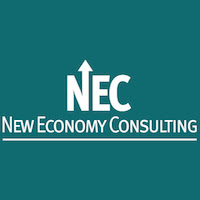 New Economy Consulting (Oregon)
New Economy Consulting (Oregon) Manna Molecular Science, LLC (National)
Manna Molecular Science, LLC (National) ArcView Investor Network (National)
ArcView Investor Network (National) Silver State Relief and Silver State Cultivation LLC (Nevada)
Silver State Relief and Silver State Cultivation LLC (Nevada)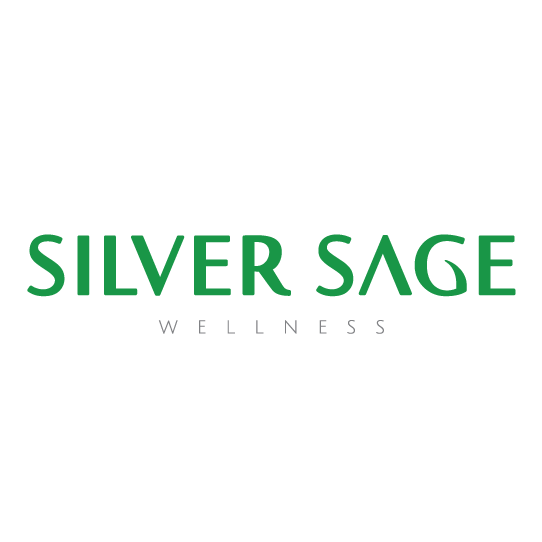 Silver Sage Wellness (Nevada)
Silver Sage Wellness (Nevada) Las Vegas Releaf (Nevada)
Las Vegas Releaf (Nevada)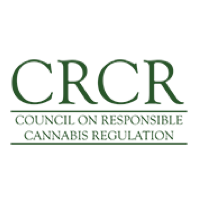
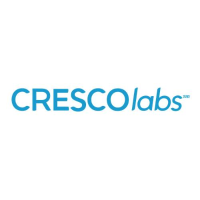 Cresco Labs (Illinois)
Cresco Labs (Illinois) National Cannabis Industry Association
National Cannabis Industry Association






 Denver Relief Consulting serves as a trusted advisor to the
Denver Relief Consulting serves as a trusted advisor to the  Founded in 1987,
Founded in 1987,  The Harm Reduction Action Center
The Harm Reduction Action Center 

 The Denver Relief
The Denver Relief 
 A global environmental leader, the
A global environmental leader, the 

 Students for Sensible Drug Policy
Students for Sensible Drug Policy As a member of the
As a member of the 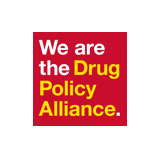 The
The